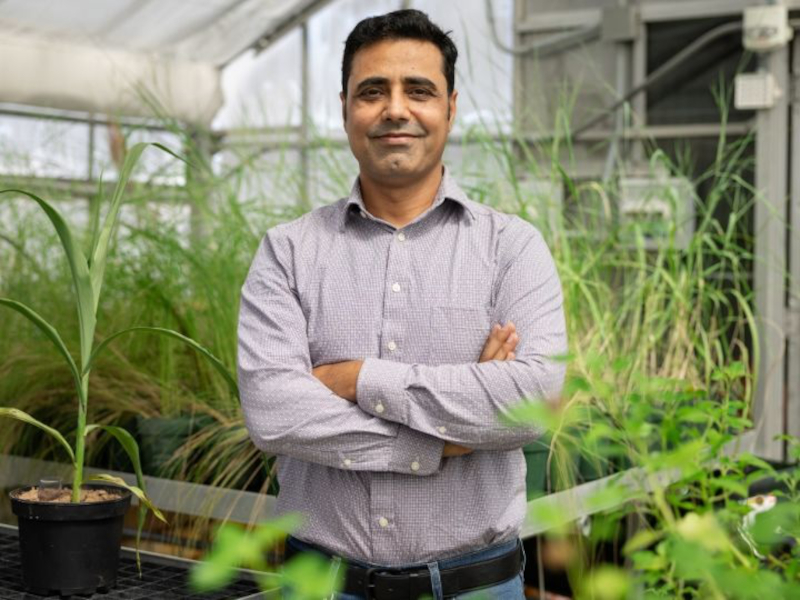A study by researchers at the University of Houston suggests it may be possible to enhance hemp plants’ productivity for CBD and fiber production by manipulating their microbes.
The findings, published in the journal Nature, highlight how different hemp varieties interact with specific microbiomes — communities of tiny organisms including microbes – which play a crucial role in plant growth, nutrient absorption, and stress resilience.
“In hemp, the microbiome is important in optimizing CBD production and enhancing fiber quality,” said Abdul Latif Khan, assistant professor of biotechnology at the Cullen College of Engineering Technology Division and lead author of the study. “This work explains how different genotypes of hemp harbor microbial communities that live inside the plants and contribute to these processes.”
Question over varieties used
The research team set out to examine the microbiomes of four hemp varieties – two CBD producers (Sweet Sensi, Cherry Wine) and two fiber producers. However, while the researchers identified American Victory-1 (AV-1) variety as a “fiber” variety, it was actually developed to produce flowers for CBD. Considering that the other “fiber” variety in the trial was unidentified, it leaves a question of how much value the research might have for actual fiber production.
At any rate, the researchers said their analysis revealed different microbial populations associated with CBD-rich hemp versus fiber-rich hemp.
Bacteria such as Sphingomonas, Pseudomonas, and Bacillus were prevalent in the two breeds identified as fiber-producing hemp, while Microbacterium and Rhizobium were more abundant in CBD-producing plants. Fungi like Penicillium and Nigrospora were also linked to CBD production, whereas Alternaria and Gibberella were associated with fiber plants.
Key Findings
The study found that different parts of the hemp plant, such as roots, stems, and leaves, harbor unique microbial communities. The strains identified as fiber-producing had more bacteria that support structural strength, while CBD-producing plants were associated with microbes that enhance compound production.
Additionally, fungal diversity was higher in the leaves and stems, while bacterial diversity was more prominent in the roots and soil. These differences highlight how the microbiome varies based on plant type and tissue, playing a critical role in plant health and productivity.
Sustainability potential
“We demonstrated how different hemp genotypes have their own special groups of microbes that support plant health and productivity,” Khan added. The findings could pave the way for more sustainable farming practices by reducing reliance on chemical inputs and harnessing the natural benefits of these microbial communities, he said.
The study’s collaborators included Waqar Ahmad, a doctoral student and the paper’s first author, as well as researchers from Prairie View A&M University. The team emphasized that further exploration of the plant microbiome could lead to tailored microbial applications, enhancing hemp’s industrial and pharmaceutical value.

